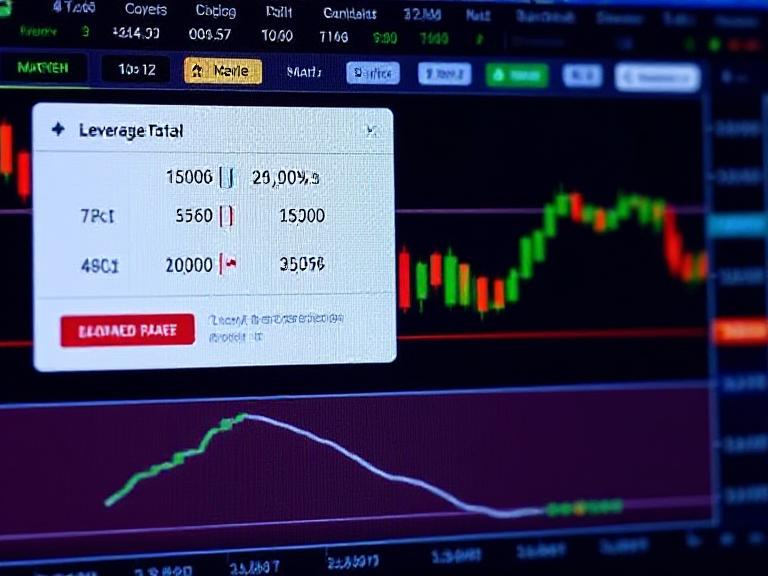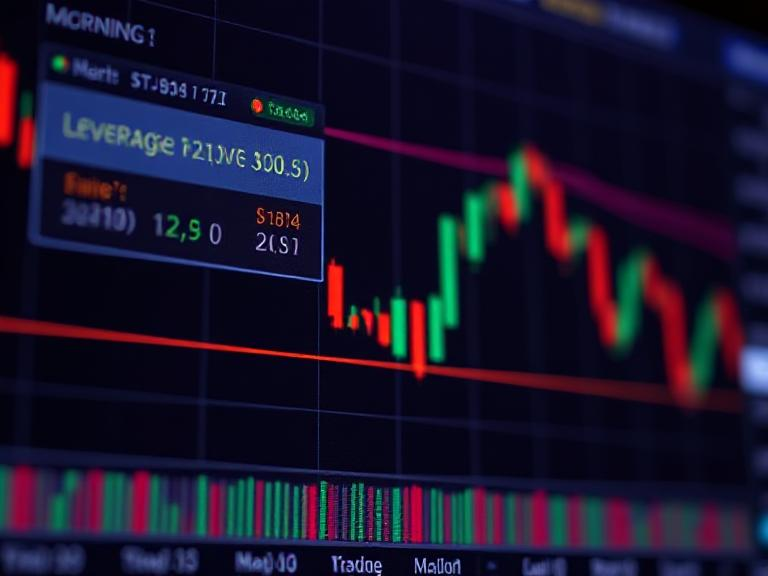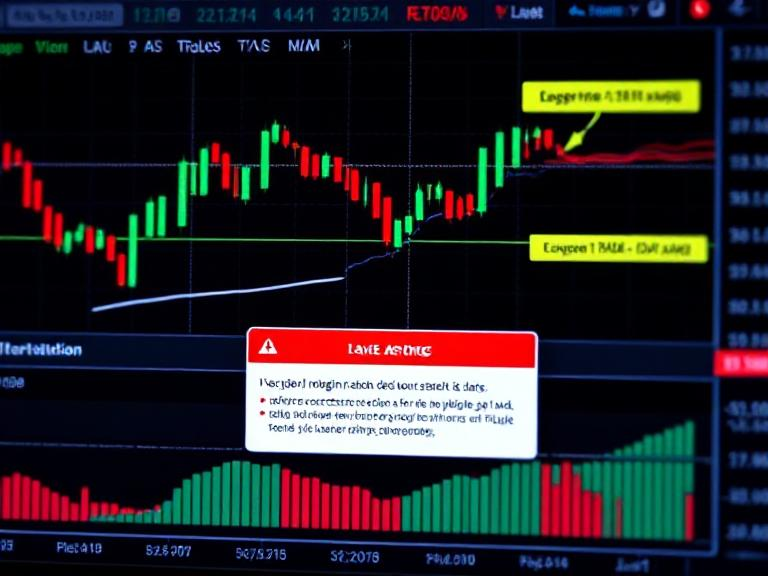Understanding and Managing the Risks of Foreign Exchange Forex Trading
Foreign exchange Forex trading, with its daily turnover exceeding $6.6 trillion (Bank for International Settlements, 2022), offers unparalleled opportunities for profit—and peril. While the allure of 24/5 market access and high liquidity attracts traders worldwide, the risks are equally formidable. From volatility spikes to geopolitical shocks, Forex demands a strategic, disciplined approach. This article unpacks the complexities of Forex risks and provides actionable strategies to safeguard your capital while navigating this dynamic market.
1. The Double-Edged Sword of Leverage
Forex brokers often offer leverage ratios as high as 500:1, amplifying both gains and losses. For instance, a $1,000 investment with 100:1 leverage controls $100,000 in currency. While this magnifies profits from minor price movements (e.g., a 1% gain yields $1,000), it also means a 1% drop wipes out your entire margin.
Key Risk: Margin calls occur when losses exceed account equity, forcing automatic position closures. During the 2015 Swiss Franc crisis, the CHF surged 30% against the EUR in minutes, obliterating over $1 billion in trader equity.
Mitigation Strategy:
- Restrict leverage to 10:1 or lower for beginners.
- Maintain a margin buffer (e.g., 50% of required margin) to absorb volatility.
2. Volatility: Friend or Foe?
Forex volatility, measured by tools like the CBOE FX Volatility Index, fluctuates with macroeconomic events. For example, the GBP/USD plunged 9% post-Brexit referendum (2016), while the USD/JPY swung 5% daily during March 2020’s COVID-19 panic.
Key Risk: Overnight gaps caused by off-hours news (e.g., central bank announcements) can bypass stop-loss orders. The Turkish Lira’s 15% overnight crash in 2021 exemplifies this danger.
Mitigation Strategy:
- Trade major pairs (e.g., EUR/USD) with lower volatility.
- Avoid holding positions during high-impact events like FOMC meetings.
3. Geopolitical and Interest Rate Risks
Central bank policies and political instability reshape currency valuations. In 2023, the EUR fell 12% against the USD as the ECB lagged behind Federal Reserve rate hikes. Meanwhile, emerging market currencies like the Argentine Peso routinely devalue 20%+ annually due to fiscal mismanagement.
Key Risk: Carry trades (borrowing low-yield currencies to invest in high-yield ones) collapse when rate differentials reverse. The 2008 unwind of JPY-funded trades saw AUD/JPY plummet 60%.
4. Psychological Pitfalls and Emotional Discipline
A 2023 Finance Magnates survey found 72% of retail Forex traders lose money, often due to overtrading or revenge trading after losses. The “FOMO” (fear of missing out) effect drives impulsive decisions, such as chasing trends without technical confirmation.
Key Risk: Cognitive biases like confirmation bias (ignoring contrary signals) or anchoring (over-relying on past prices) distort judgment.
Mitigation Strategy:
- Use a pre-defined trading plan with entry/exit rules.
- Implement a “cooling-off” period after three consecutive losses.

5. Technological and Counterparty Risks
Platform outages during critical events (e.g., MetaTrader crashes during NFP releases) can trap traders in losing positions. Additionally, unregulated brokers may manipulate spreads or refuse withdrawals—a 2023 IMF report estimates $2.3 billion is lost annually to FX scams.
Mitigation Strategy:
- Choose brokers regulated by the FCA, ASIC, or CySEC.
- Use redundant internet connections and local exchange backups.
Conclusion
Forex trading isn’t a gamble but a calculated risk-management exercise. By capping leverage, respecting volatility cycles, and maintaining emotional discipline, traders can tilt odds in their favor. Pair these strategies with continuous education—analyzing past trades and staying updated on macroeconomic trends—to transform Forex from a high-stakes gamble into a sustainable wealth-building tool.
(Writer:Seli)







